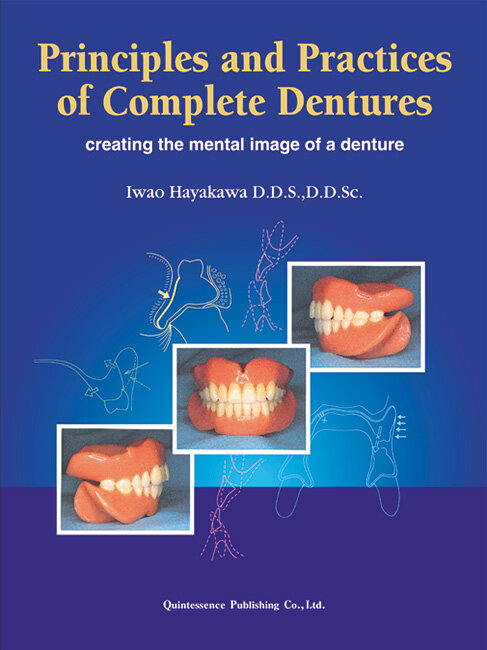The International Journal of Prosthodontics, 2/2007
PubMed-ID: 17455444Seiten: 193-198, Sprache: EnglischTanino, Fuminori / Hayakawa, Iwao / Hirano, Shigezo / Minakuchi, ShunsukePurpose: The purpose of this study was to examine the effect of stress-breaking attachments at the connections between maxillary palateless overdentures and implants.
Materials and Methods: Three-dimensional finite element models were used to reproduce an edentulous human maxilla with an implant-retained overdenture. Two-implant models (in the canine tooth positions on both sides) and four-implant models (in the canine and second premolar tooth positions on both sides) were examined. Stress-breaking material connecting the implants and denture was included around each abutment. Axial loads of 100 N were applied to the occlusal surface at the left first molar tooth positions. In each model, the influence of the stress-breaking attachments was compared by changing the elastic modulus from 1 to 3,000 MPa and the thickness of the stress-breaking material from 1 to 3 mm. Maximum stress at the implant-bone interface and stress at the cortical bone surface just under the loading point were calculated.
Results: In all models, maximum stress at the implant-bone interface with implants located in the canine tooth position was generated at the peri-implant bone on the loading side. As the elastic modulus of the stress-breaking materials increased, the stress increased at the implant-bone interface and decreased at the cortical bone surface. Moreover, stress at the implant-bone interface with 3-mm-thick stress-breaking material was smaller than that with 1-mm-thick material.
Conclusion: Within the limitations of this experiment, stress generated at the implant-bone interface could be controlled by altering the elastic modulus and thickness of the stress-breaking materials.
Quintessence International, 3/2003
Seiten: 177-180, Sprache: EnglischHayakawa, Iwao / Watanabe, IkkiThis article describes a convenient technique for making impressions of complete dentures using two newly developed silicone materials. One of these materials, a heavy-bodied silicone material, is used for simultaneous molding of all borders. The material is available in automatic mixing systems, so it can be easily and evenly applied on the tray borders. The material is designed to have a low elasticity after setting so that excess material can be carved or deficient sites corrected with a small mix. The other newly developed material, a light-bodied silicone material, possesses better flow than the usual light-bodied silicones. In addition, since viscosity is controlled and adequate flow is maintained during seating in the mouth, mucosal detail is superior.
The International Journal of Prosthodontics, 3/2000
Seiten: 227-231, Sprache: EnglischHayakawa, Iwao / Hirano, Shigezo / Takahashi, Yasuki / Keh, En ShengPurpose: The purpose of this study was to examine changes in the masticatory function of complete denture wearers after relining the mandibular denture with a soft liner.
Materials and Methods: Conventional complete dentures were fabricated for 6 completely edentulous patients. One month after completing adjustments of the dentures, maximum biting force, masticatory performance, and electromyography of the masseter muscle during mastication were recorded. Chewing strokes, chewing time, muscular activity, and masticatory rhythm were calculated using the recorded electromyography. The mandibular dentures were then relined with a soft liner. One month after finishing adjustments of the relined dentures, the same tests were performed. These values were compared using a paired t test (a = 0.05).
Results: When using the soft liner, masticatory performance and maximum biting force were significantly greater (P = 0.019 and P = 0.023, respectively). In addition, the number of chewing strokes was significantly lower (P = 0.020), and chewing time was reduced (P = 0.010). A more stable masticatory rhythm was also found in the initial chewing stage. The muscular activity tended to decrease after the insertion of the lined denture, but no significant difference was found between before and after relining.
Conclusion: It was shown that applying a soft lining material to the mandibular dentures of 6 edentulous patients improved masticatory function with no adverse effect on the muscular task.




